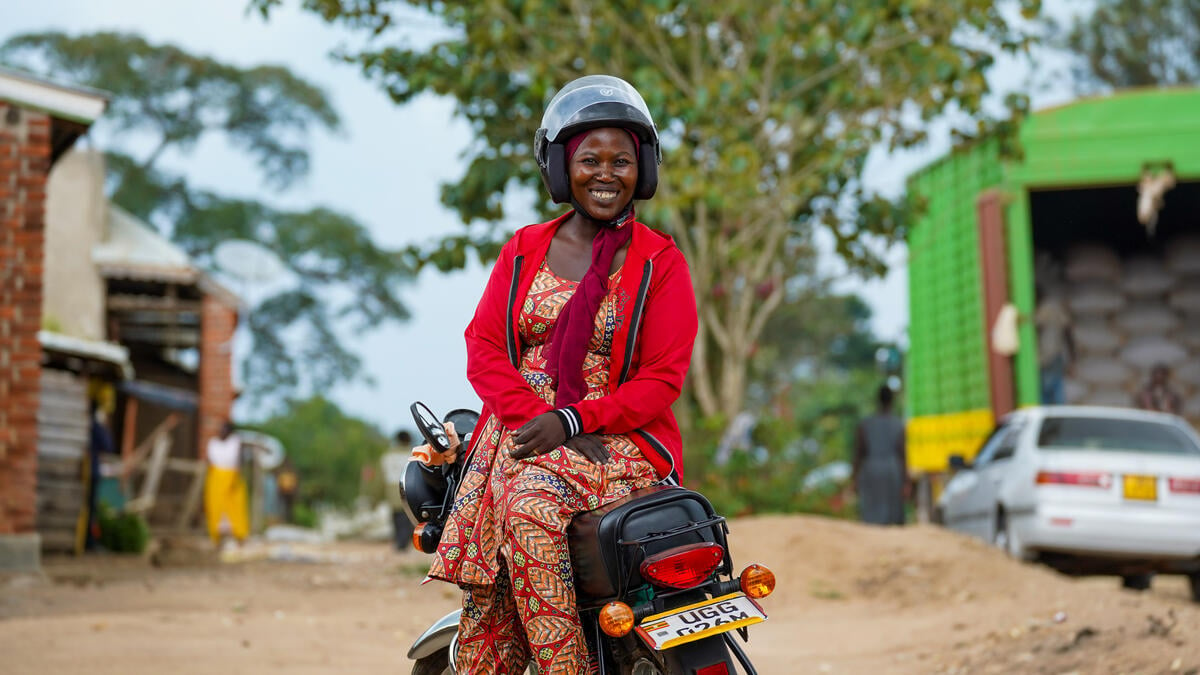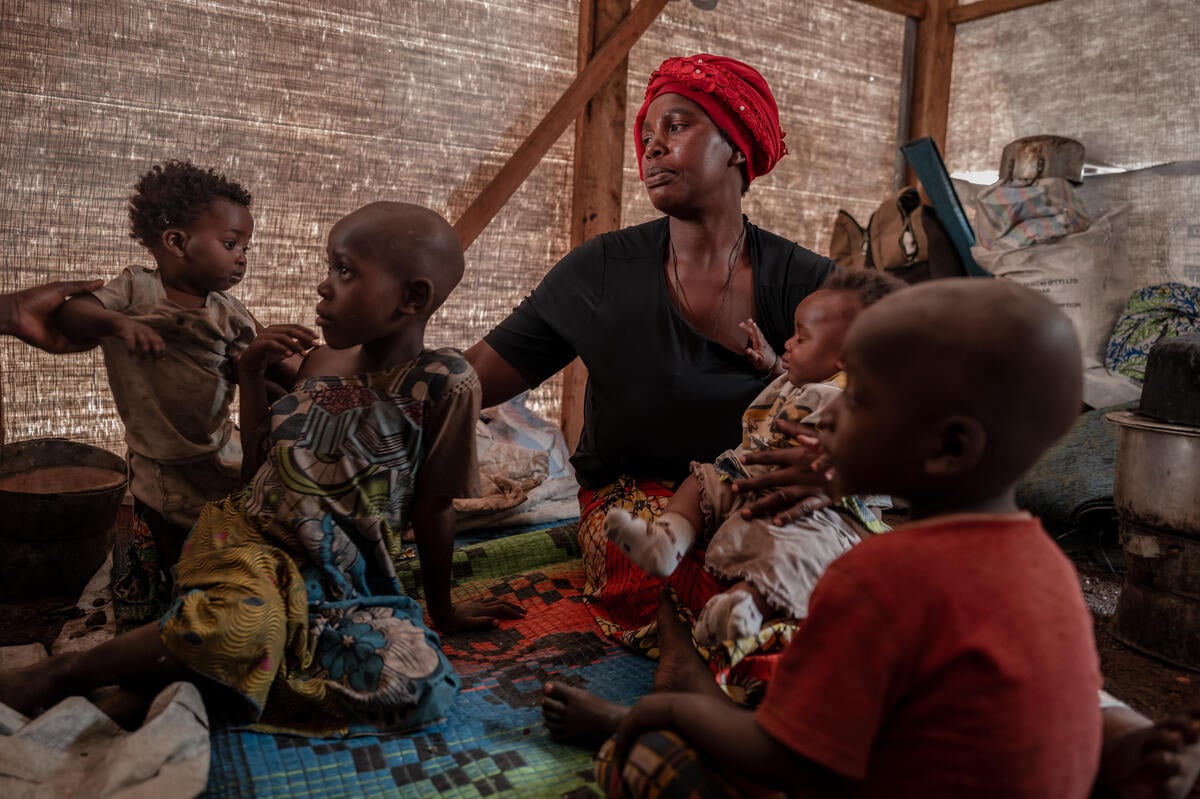DRC: UNHCR concerned over build-up of forces and military supplies in North Kivu
DRC: UNHCR concerned over build-up of forces and military supplies in North Kivu
Over the past week, some 5,000 displaced people in the North Kivu province of the Democratic Republic of the Congo (DRC) took advantage of a lull in fighting between government forces, renegade troops and rebels, to find refuge at five sites for the displaced in the Mugunga area west of Goma. Some had walked for days to reach the sites.
The estimated total of internally displaced people (IDPs) in the Mugunga area has now surpassed 80,000. UN agencies and non-governmental organisations estimate over 370,000 IDPs have been displaced in North Kivu since December 2006. The numbers of displaced are rising with the new arrivals at the camp sites, but also as aid workers in the field discover more groups of displaced people. Last week, 5,000 IDPs were located in Nzulu village, 20 kilometres west of Goma.
Despite the current relative calm, we are increasingly concerned over the build-up of forces and military supplies in North Kivu. The reported recruitment of child soldiers by armed groups across North Kivu is a major protection problem. We fear new clashes would lead to thousands of people being displaced, plunging the province into an even worse humanitarian disaster.
Over the last week, we dispatched a seven-member UNHCR emergency team to North Kivu to reinforce our camp management and coordination efforts in the overstretched IDP sites near Goma. The recently established Bulengo IDP camp is now full, sheltering over 10,000 people. The emergency team is now preparing the nearby, newly identified 28-hectare Buhimba site, which will have capacity to host 10,000 people. The new site will help decongest makeshift sites at Lac Vert and Ndosho. Conditions at the makeshift sites in the Mugunga area are dire and are deteriorating as more fleeing Congolese arrive. Tensions are mounting among the displaced and two days ago our team could not visit these sites due to safety concerns for the staff.
Together with the NGOs NRC [Norwegian Refugee Council], Solidarité, Save the Children, Mercy Corps and Caritas, we will shortly start a systematic registration of all displaced in the five sites in the Mugunga area. This is expected to take three weeks as, in addition to security and adverse logistical conditions, in many places the local population has mingled with the displaced to benefit from assistance. The registration is necessary to establish more precise numbers and needs and it will allow all humanitarian agencies in the field to better plan for aid distributions.
While reinforcing our own assistance efforts, we continue to coordinate our work with other UN agencies and NGOs, which over the past weeks have delivered food and other types of aid, medical assistance, sanitation and water to many of the newly displaced.
Our teams in neighbouring Rwanda report that during September, Nkamira transit centre in the north-west part of the country bordering North Kivu, witnessed the first arrivals of Congolese refugees since January this year. Altogether, 789 Congolese refugees from North Kivu crossed the border. In the first days of October, a further 104 Congolese refugees registered at Nkamira. The refugees, mainly women and children, said they feared being caught up in fighting between several armed factions or becoming targets, and decided to seek refuge in Rwanda.








